PLPs: what’s the point?
November 3, 2018
By Anna Huener and Nora Jacobsen
In just under two years, the class of 2020 will graduate. Each student is expected to be prepared with the credits, skills, and content required by Burlington High School. However, a barrier to graduation may stand in their way.
In 2013 the Vermont legislature passed Act 77 to encourage flexible pathways to high school graduation. Act 77 requires all Vermont students to have a Personalized Learning Plan (PLP) to track their growth and development from 7th grade through graduation. The graduating class of 2020 will be the first group of students required to meet this expectation.
According to Act 77, the mission of a PLP is “to promote opportunities for Vermont students to achieve postsecondary readiness through high-quality educational experiences that acknowledge individual goals, learning styles, and abilities; and to increase the rates of secondary school completion and postsecondary continuation in Vermont.”
That is about it in terms of a guideline. What a PLP is at Burlington High School (BHS) has evolved over the last few years and this has been cause for confusion.
“I don’t understand the importance [of a PLP] and why it was added in the first place,” Wyatt Harte, a sophomore, said. “It just seems like one more thing piled on to our already stressful lives.”
Act 77 makes clear that PLPs are mandatory for Vermont students, but the specific execution is decided primarily at the district level. There is no uniform expectation across the state.
“We get resources from the district in regard to how to implement [PLPs],” Noel Green, interim principal at BHS said. “The state gives a mandate, and it is up to the district to implement it.”
At BHS, Google sites are used as the vehicle for PLPs. Students must demonstrate in this site that they have met the five BHS graduate expectations in order to receive their diploma. Burlington’s Graduate Expectations [GXs] are the following: 1) critical thinking and problem solving, 2) cross-cultural understanding and civic engagement, 3) effective communication, 4) problem solving, and 5) curiosity and creativity. The responsibility is on the students to document evidence of meeting proficiency in each of these areas on their PLP websites.
The Vermont Agency of Education asserts that PLPs “are meaningful artifacts to and for the student”. However, students do not yet see their Google sites as a meaningful tool for personal development.
“The point of a PLP is to learn what interests you, and shape your school experience,” Owen Harris, junior, said. “A PLP is not a Google site with 30 copy and pasted google docs and some hoop jumping goals. I have no idea what the point of my Google site that I call a PLP is or what I can use it for. It seems useless and a waste of time.”
The Register surveyed students regarding PLPs. Of 134 Freshman, Sophomore, and Junior BHS respondents, 85.6 percent reported difficulty seeing personal benefits in their PLPs.
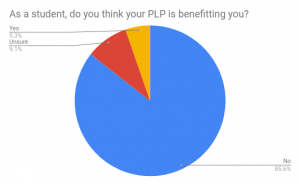
The AOE’s Crosswalk of Student Support Plans states that “PLPs adapt, change, and progress along with students; reflect a student’s authentic learning, and can act as an exhibition of student growth.”
It is possible the students’ relationships with PLPs will change as they engage further in the process.
“I already know right now that [PLPs] will benefit me,” freshman Rehema Abdi said. “I just still kind of don’t care because I don’t know where and how. So I don’t know if it matters.”
At this point, many students see the PLP as falling short at BHS and blame advisors.
“[A PLP] has potential to be a good organizer. It just hasn’t been helpful because the advisory teachers haven’t been very proactive,” BHS junior Finn Rahill said.
Abdi and Rahill share the concern that lack of direction from advisors could be the cause of this confusion.
“No one really explained what to do with it, they just showed it to us, and told us to write some stuff in,” Abdi said. “They never told us why.”
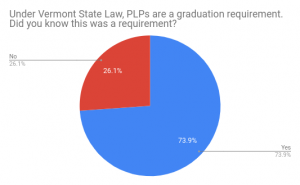
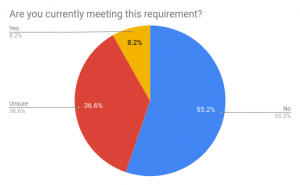
BHS Junior Zoe Cudney suggests that teachers need additional instruction, and administrators should take further action in educating them.
“[Administrators should] sit teachers down and walk [them] through the purpose and the process,” Cudney said. “Maybe even have teachers make their own PLPs, so they can see how it works.”
PLP District Coordinator and BHS Physical Education teacher Gayle Botelho explains that there has, in fact, been extensive time dedicated to PLPs.
“We’ve had faculty meetings. We’ve had in-service days before the school year, and after the school year there has been time dedicated to the PLP,” Botelho said.
From the advisors’ perspective, the unknown outcome of the PLP is holding the process back.
“I’ve done a lot with my juniors,” Brennan Carney, a history teacher said. “I think they have the idea. The hardest part was the why. Like, why am I doing this?”
Teachers say BHS is still working on how students will be assessed on PLPs or to whom they will be presented to and approved by in the end. That mystery feeds the resistance.
“I wish the formula was a bit more concrete.” BHS history teacher Ian Lowland said.” I don’t know if we’re helping them when we don’t know the end goal.”
There are no explicit details in Act 77 about an assessment of the portfolios, the specific graduation requirements, the consequences for students who fall short of this provision, or what falling short even looks like.
“The state has not provided a vetting system that says, ‘This one’s good, this one’s average, this one’s not good,’ we don’t have a rubric for that.” Green said. “So in the language that you guys as students would be more familiar with, there really isn’t a rubric yet.”
BHS chemistry teacher and junior advisor Jacqueline Kohler shares similar frustrations and believes something is “getting lost in translation” between the district and the state.
“I think everybody is trying as hard as they can to clarify it,” Kohler said. “We didn’t get a clear enough mandate from the state. I think it’s unclear between the state and the school as to who is in charge, or as to what exactly the state wants from us. They left it up to us.”
In the same survey of 134 underclassmen, 73.9% are aware of Act 77’s graduation provision; however, only 8.2% believe they are currently meeting this expectation.
Without a clear statement establishing what the graduation expectation is, and what the evaluation process will look like, it is nearly impossible for students to correctly self-evaluate if they are meeting it.
“I think it’s unrealistic to have this as a graduation requirement because none of my grade would graduate if that was an actual thing,” junior Maggie Huston said.
Cudney said that graduating will not be an issue, but the outcome will not serve students in the way that the state hopes.
“I think that a lot of students are going to get to their senior year and are not going to have anything in their PLPs, and it’s going to end up being thrown together,” Cudney said.
On this sentiment, BHS is in agreement.
“I can’t answer [students’] questions about who is going to grade their PLPs, how much of a graduation requirement that is going to be, or if it going to affect their graduation at all,” Kohler said.
Botelho sees PLPs as an innovative path towards graduation.
“We have not changed our education system for about a hundred years, Botelho said. “The idea is to demonstrate who the student is, what that student can do, and where that student came from and the growth that has happened over time.”
The demonstration of a student’s growth and strength could be beneficial to any student who plans to attend college or apply for jobs and internships. Senior Associate Director for Undergraduate Admissions at the University of Vermont (UVM) Office of Admissions Moses Murphy says that a PLP, when done correctly, can be incredibly helpful for a student in the admissions process.
“For a candidate who for any reason is considered borderline, a great personal learning plan could be a factor that would tip the scales,” Murphy said.
In Murphy’s eyes, PLPs have the potential to make an applicant stand out for their accomplishments and individuality.
“Any supplemental pieces of information can help [a college admissions officer] make that decision,” Murphy said. “ [UVM] fully supports the state moving in this direction.”
With clear instruction, personalized learning plans have the potential to benefit students. The underlying issue is that the assessment and utility of personalized learning plans remain undecided. Faculty members are still in the dark about the future look of PLPs, and students are unsure of the ultimate goal.
“Most students don’t like it,” Lowland said. “They don’t know where they’re going; they don’t know what it’s for. We need to know the finish line before we can actually decide what steps we are taking to get us there.”
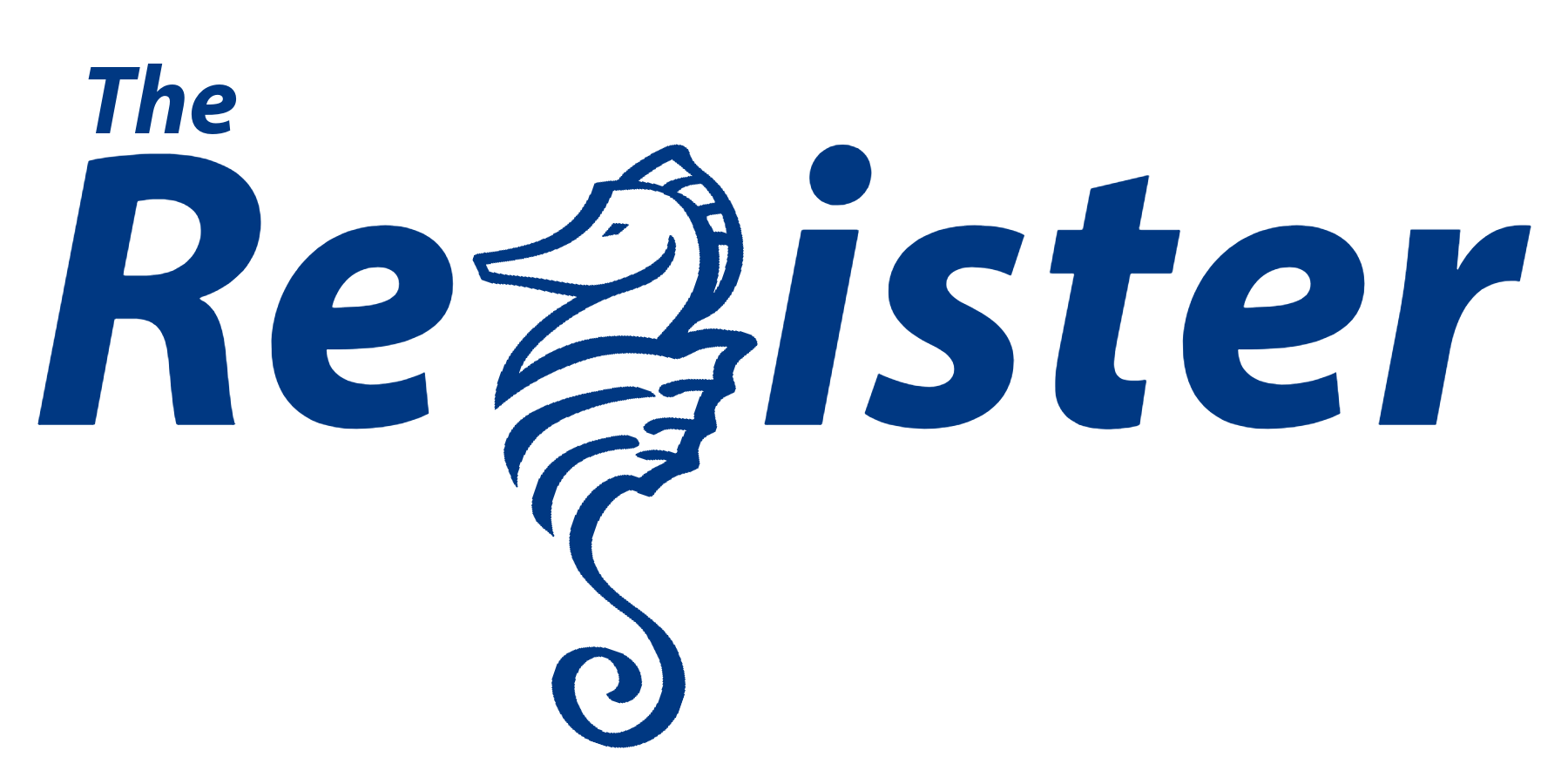
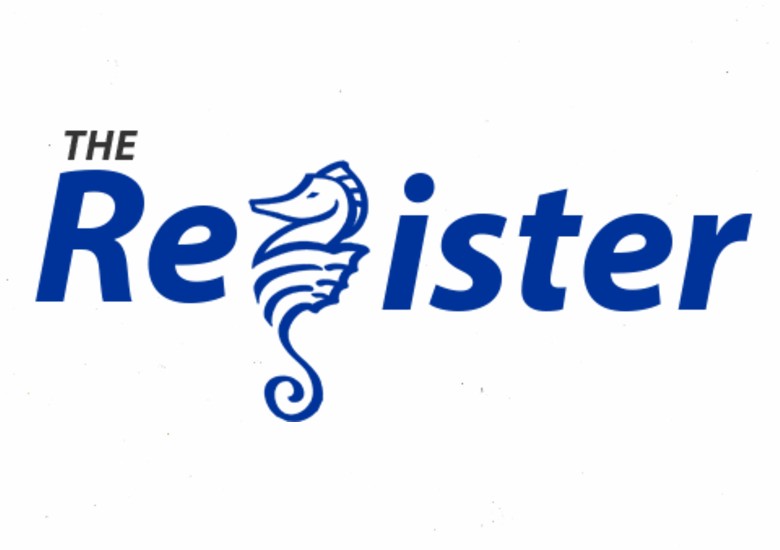

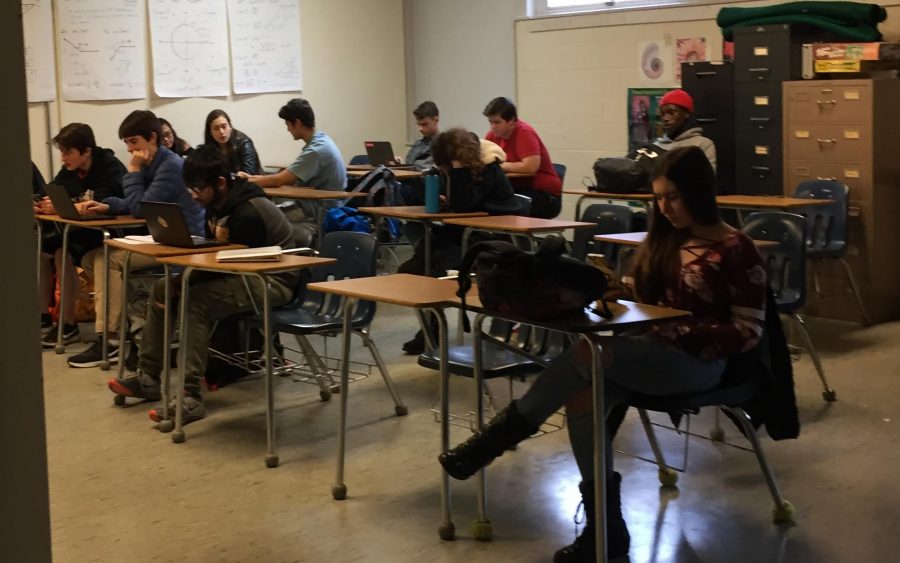



















![Check out Rose Howell's article "Teaching Conflict": https://bhsregister.com/9661/news/teaching-conflict/
“I know that some people have colleagues who disagree with me because they don’t think these conversations should happen in school, [but] where else should they happen then?” ~Social Studies teacher Francesca Dupuis](https://scontent-ord5-1.cdninstagram.com/v/t51.29350-15/404979361_1569222083889381_8162261023681050366_n.jpg?_nc_cat=101&ccb=1-7&_nc_sid=18de74&_nc_ohc=RHOhiTkucIgAX9i9OIz&_nc_ht=scontent-ord5-1.cdninstagram.com&edm=ANo9K5cEAAAA&oh=00_AfDvefW7hOPJEWQXiafhqZSFlGqW7IQC9rpAVV3pFKgt8w&oe=65B50250)

Christine Golden • Jul 22, 2019 at 7:36 pm
If you are interested in learning about a great way to satisfy the Act 77 requirements in your school you might consider the Flyin Ryan Hawks Foundation! Our Decisions Program is featured in Chapter 1 of the PLP Manual distributed by VSAC and is all about challenging students to determine their own Core Values and then present them to the people they care about. Here is a link to more information: https://flyinryanhawks.org/decisions/